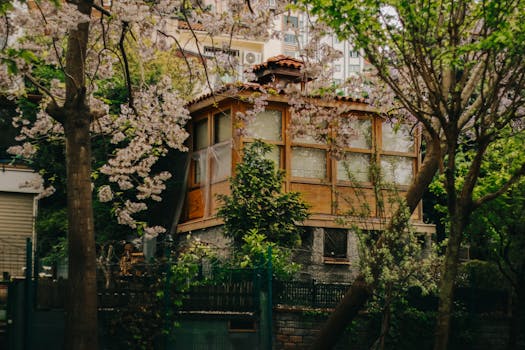
Urban Green Spaces: The Future of Outdoor Living in European Cities by 2025
Introduction to Urban Green Spaces
Urban Green Spaces are becoming increasingly important in European cities as they provide a sustainable solution to the challenges of urbanization. Urban Green Spaces are areas of greenery within urban environments that can range from small parks and gardens to large green roofs and walls. These spaces are not only aesthetically pleasing but also provide numerous benefits to both the environment and the people living in these cities.
The Benefits of Urban Green Spaces
The benefits of urban green spaces are numerous. Some of the most significant advantages include reducing air pollution, mitigating the urban heat island effect, and providing habitats for urban wildlife. Additionally, urban green spaces can also help to reduce stress levels, improve mental health, and increase social connections among community members.
Examples of Urban Green Spaces in European Cities
There are many examples of urban green spaces in European cities that are worth mentioning. The High Line in London is a great example of an urban green space that has been created on an old industrial site. The Parc de la Villette in Paris is another example of a large urban park that provides a green oasis in the heart of the city. In Barcelona, the Park de la Ciutadella is a popular urban green space that offers a range of recreational activities and stunning views of the city.
The Future of Urban Green Spaces in European Cities
As we look to the future, it is clear that urban green spaces will play an increasingly important role in European cities. By 2025, it is predicted that many cities will have incorporated green infrastructure into their urban planning strategies. This will not only help to improve the environmental sustainability of these cities but also provide numerous benefits to the people living in them.
Conclusion
In conclusion, urban green spaces are the future of outdoor living in European cities. These spaces provide numerous benefits to both the environment and the people living in these cities. As we look to the future, it is clear that urban green spaces will play an increasingly important role in European cities, and by 2025, many cities will have incorporated green infrastructure into their urban planning strategies.





